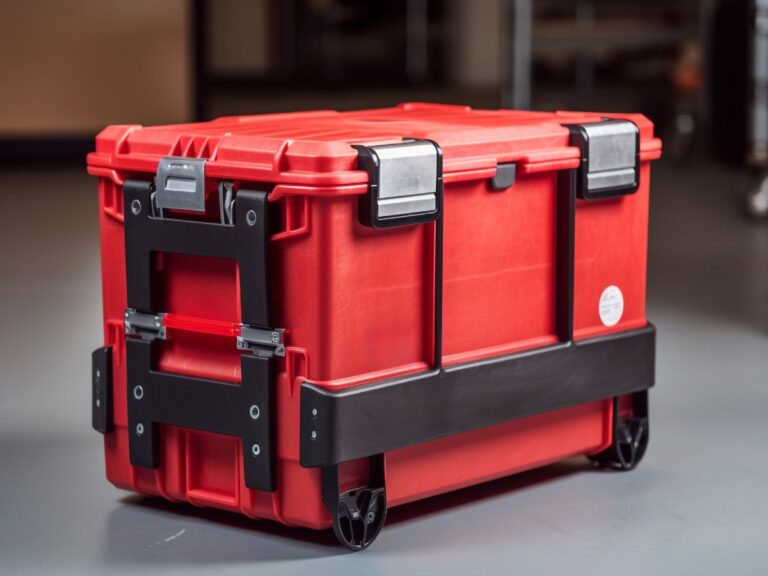Choosing the right mask to use will depend on many things. It will depend on your environment, what you need protection against, and your knowledge of masks. We have these two common masks.
- Dust Masks
- Respirators
Even so, many people still don’t understand the main difference between dust mask and respirators. As such, it is easy for some mask users to spend more when they should’ve spent less. They can also buy the wrong masks with the right intentions.
This is why I have decided to create this post and provide a little help. In this post, I will compare the dust mask and the respirator for a better understanding. I believe that after this comparison, you’ll be able to make the right choice depending on your needs. Take a look.
Difference Between Dust Mask and Respirator
-
Rating
When it comes to the Dust Masks vs. Respirators, the rating is very important. The mask rating shows the level of protection that the mask provides. Regular dust masks will come with no ratings at all.
However, medically tested and approved masks/ respirators will have a certified rating. The rating is done by the National Institute of Occupational Safety and Health (NIOSH) and is, therefore referred to as the NIOSH approved rating.
NIOSH approved face masks will be rated in letters and numbers. The letters will show the substance that’s the mask is effective on and the numbers will stand for the percentage to which it is effective.
- N: Not oil-proof
- R: Oil resistant (for up to 8 hours)
- P: Oil-proof (works beyond 8 hours)
We have 95, 97, and 100. These numbers are the mask effectiveness in terms of percentages with the P100 being the most effective mask. Unlike regular dust masks, these masks have this rating.
-
Filters
The normal dust masks don’t have any form of filtration. As such, they aren’t effective against highly volatile substances such as gas and vapor. This is unlike the certified respirators that have carbon-based cartridges.
With these carbon-filters, respirators are highly effective against dangerous substances including asbestos, ammonia, mercury, and other forms of gases.
-
Re-Use
While some of the respirators are reusable, normal dust masks aren’t. You cannot re-use them at all. They don’t come with foam-based edges and are also non-effective against pollen, dust, and other allergens.
More importantly, these regular masks are made out of cheap materials that will tear easily. They are high-risk materials that will expose you to various health hazards to unknown limits.
They also don’t comply with every requirement of the MSU Respiratory Protection Program and as such have no medical certification or annual fit testing.
-
User Manual
Finally, normal dust masks compared to respirators don’t come with user manuals. They don’t show the types of protection that the mask offers or the substance that’s it is effective against. Most of them also come with a single strap that is hardly effective against the ineffective grip.
For the NIOSH approved respirators, a label of certification will appear on the respirator’s packaging. The label what the respirator is meant for and how much protection it will leave you with.
Video Credit – Adam Savage’s Tested
Conclusion
I believe that you are better informed now. In reality, there aren’t any complicated tips to look at. With general know-how such as this, making the right choices when it comes to masks is easy. You will protect yourself better and get the right mask always.
Therefore, in case you are choosing a mask, try to focus on the tips that we have here. You can also share these tips with your loved ones. It is a great way of enjoying better protection against harmful allergens.




